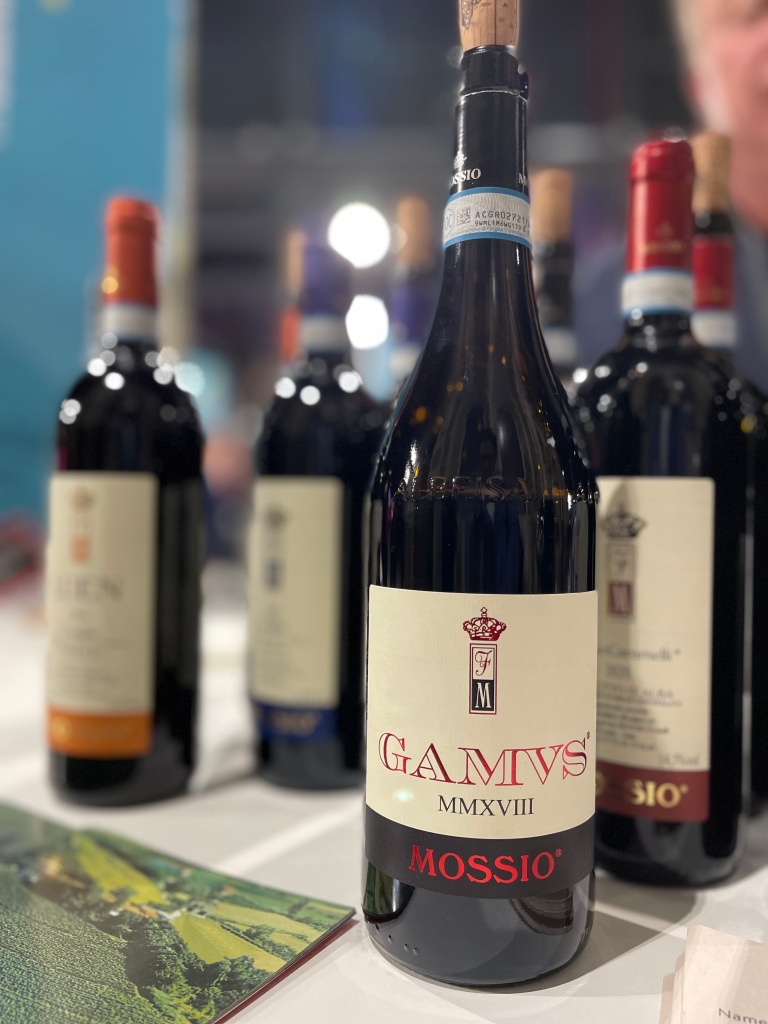Our Personal Wine Odyssey: Exploring Italy’s Treasured Wineries
Despite being based in New York, our passion for wine has taken us on an incredible journey across various Italian regions over the past year. These travels have allowed us to immerse ourselves in diverse wineries, meet passionate winemakers at wine festivals, and experience exclusive guided tours—quite a shift, indeed, from the wine scene in the bustling city.
We’ve had the privilege of meeting winemakers with fascinating backgrounds—some continuing a legacy that spans generations since the 1800s, while others are newer to the craft. From the fourth generation of established winemaking families to fresh faces in the industry, each brings a unique perspective to their craft. It’s intriguing to note the variations in their wine portfolios; some focus on a select few grape varieties, while others cultivate an impressive roster of up to 10 to 15 grape varieties.




1. Azienda Agricola Massucco Castagnito, Cuneo (Piedmont)
Azienda Agricola Massucco was founded in the early 1900s by Silvestro Massucco, also known as Nonno Vet to the family. According to Loris Massucco, the current winemaker and part of the 4th generation of the family, “Nowadays, the 5th generation of the Massucco family is being groomed to run the winery. Time will come that they will take the lead, continue the tradition, and make decisions for the business.”



2. Azienda Agricola e Agrituristica Severoli Dozza, Bologna (Emilia-Romagna)
In Toscanella di Dozza in Bologna, a 75-hectare of historic land with a terroir composed of clay, limestone, and sandy soil, the Azienda Agricola e Agrituristica Severoli stands as a testament to centuries of homestyle cooking and winemaking heritage. Founded in the 17th century, the Severoli name, rooted in the region since 1851, has evolved through time, weaving a rich tapestry of history.




3. Cantina Vinicio Bronzo e Figli Gaon, Caprino Veronese (Veneto)
Cantina Vinicio Bronzo vineyards are located on the slopes of Mount Baldo in Verona. With about 350 to 500 meters above sea level, they are blessed with a good climate to grow their local vines like their Corvina grape which they use for most of their products like the Bardolino Chiaretto DOC–a cherry-pink wine that is juicy, fruit-forward, and shows some citrusy notes interlaced with cherries, harmonizing minerality and saline on the finish.




4. Gaiaschi Terenzio Vini Ziano Piacentino, Piacenza (Emilia-Romagna)
In the serene town of Ziano Piacentino, Piacenza, within the picturesque Emilia-Romagna region of Italy, stands the historic abode of Gaiaschi Terenzio. A family deeply rooted in agribusiness and winemaking whose legacy stretches back to 1885. The founder, Pasquale Gaiaschi, had humble beginnings as a farmer, and with unwavering dedication and passion, he acquired his own land and started growing vines alongside a variety of other crops, and caring for domestic animals.



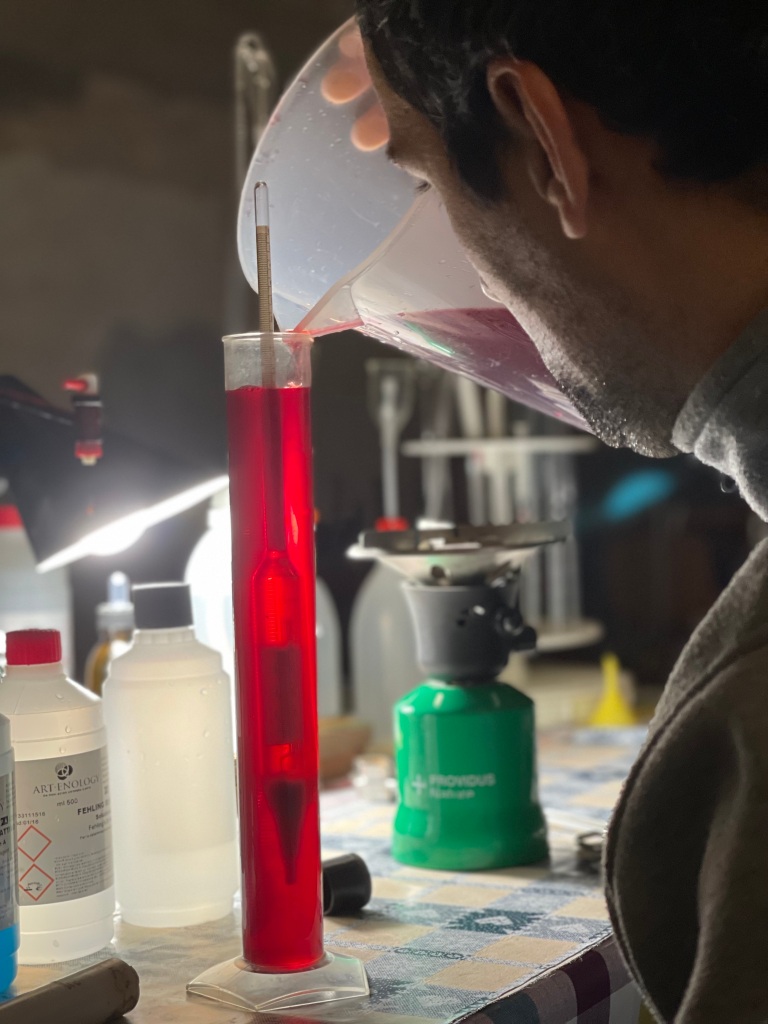
5. Ca’ Peruzzetto San Nicolo di Ponte di Piave, Treviso (Veneto)
We first met Michele Peruzzetto at VinItaly in Verona, and ever since, we’ve been captivated by their portfolio of artisanal wines. We were graciously invited by Ca’ Peruzzetto to join the harvest of their cherished Raboso del Piave grapes, a truly unforgettable experience. Tasting their wines in the intimate setting of their cellar and sharing a meal with the Peruzzetto family was a delightful privilege. We wish this visionary winemaker all the success, and we are fortunate to call him a friend.




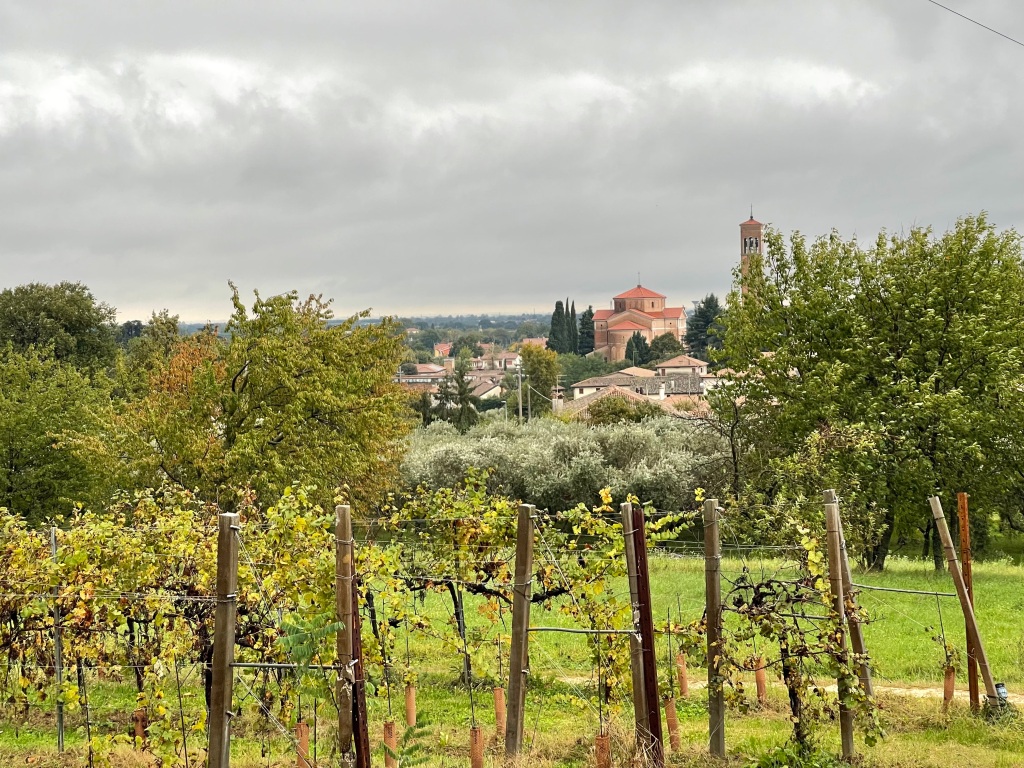
6. Rive della Chiesa Volpago del Montello, Treviso (Veneto)
Rive della Chiesa, nestled in the charming province of Treviso within the Veneto region of Italy, has a rich history dating back to its founder, Nino Gasparetto. Born in the Selva del Montello, Nino ventured to Australia to support his family but returned to Italy, where he planted his first vine in the very soil of his birthplace, near the local church. This land held a special place in his heart, a place he cultivated throughout his life out of love for wine, his homeland, and, above all, his family.




7. Sacramundi Chiampo, Vicenza (Veneto)
Ventus Vino Spumante Durello Metodo Classico Brut is the pride of Vicenza and Verona. The historic Chiampo territory is a vast area of hilly lands with a long history of winemaking. Fun fact, Sacramundi is also the name of the street going to the vineyards. They are a small hardworking team with Lorenzo as the Enologist and Giorgia who’s in charge of client partnerships.
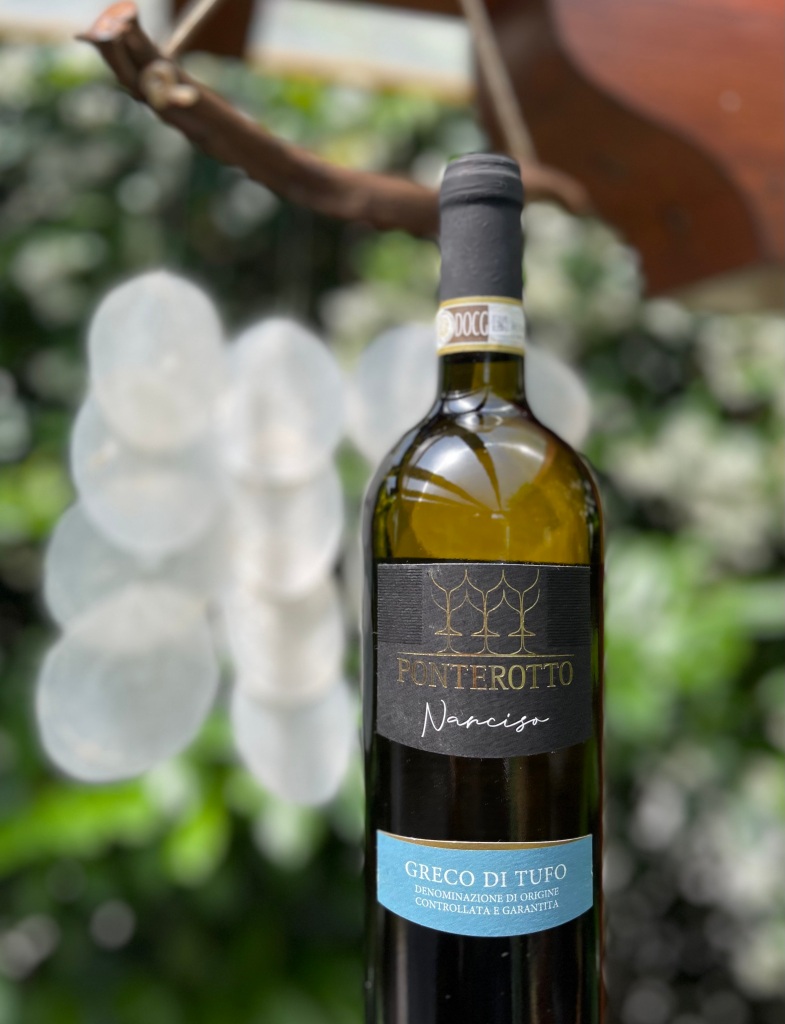

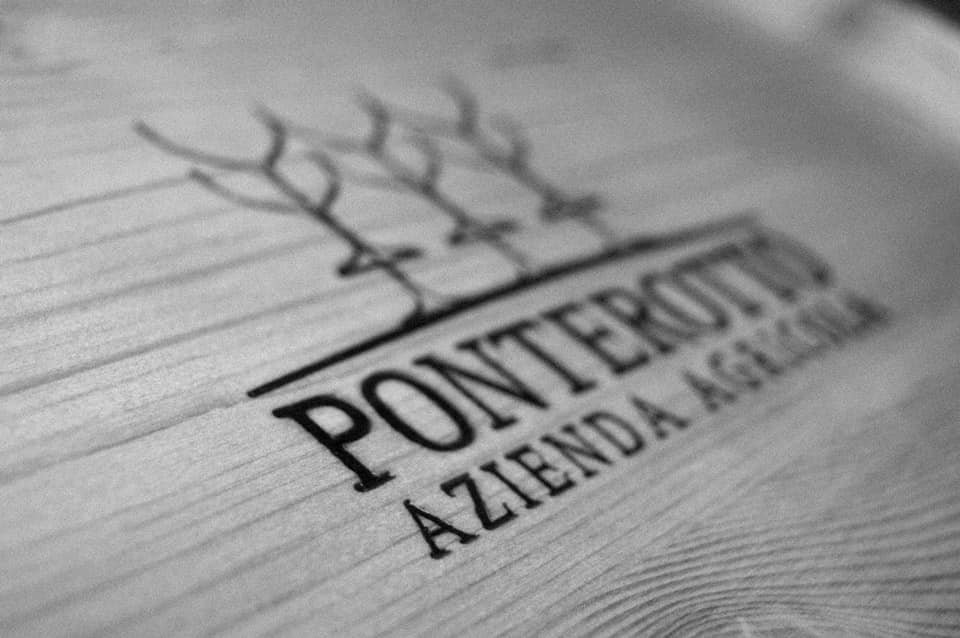

8. Ponte Rotto Vini Avellino, Irpinia (Campania)
Azienda Agricola Ponte Rotto is named after the bridge found in the Campania Region. The historic bridge dates back to the Roman times. Separated by the Calore River, the Ponte Rotto connects the Campania and the Puglia regions. Di Pietro siblings Antonio, Maria Luisa, and Gaetano decided to continue and take on the passion for viticulture which they got from their grandparents, Antonio and Antonietta. They are the third generation to embrace, toil, and take charge of the territory. This time, they turned their direction and just focused on wine.



9. Klinger Winery Pressano, Lavis (Trentino-Alto Adige)
Umberto and Enzo represented Klinger Winery which their Great-grandfather Luigi Pilati started more than 100 years ago in Maso Clinga; within the heart of the Trentino-Alto Adige wine region, near the high hills of Pressano. The Pilati family, steeped in tradition and passion for winemaking, created their first commercial vintage in 2018 which they called “Klinger”.



10. Produttori del Barbaresco Barbaresco (Piedmont)
Founded in 1958 by Don Fiorino Marengo, a parish priest in the Barbaresco area, Produttori del Barbaresco is a cooperative that is composed of 53 families and growers. If you add up the vineyards of its members, there’s a total measure of 100 hectares. The Societa Agricola Cooperativa’s membership comprises meticulous Nebbiolo growers in the Langhe area.



11. Famiglia Anselma Barolo Barolo (Piedmont)
On the back label of each bottle of Famiglia Anselma Barolo, you will see the year of its release from the winery, so there is careful inspection and quality control involved. They produce 4,000 – 8,000 bottles on average, using a combination of grapes from three different communes: Monforte, Barolo, and Serralunga.

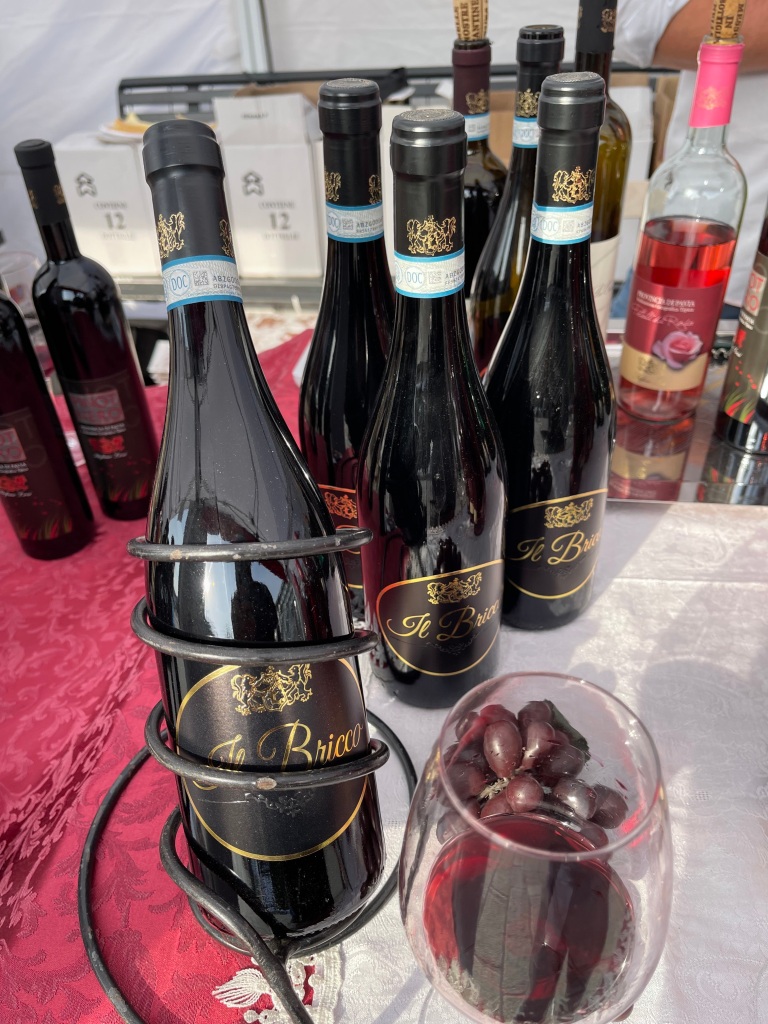

12. Azienda Agricola Stefano Losi Montebello della Battaglia, Pavia (Lombardia)
The winemaker Stefano Losi continued to build the family business a success which his father, Pietro Losi, founded in the 1950s. He dedicated his time, sweat, passion, and knowledge to retain his father’s tradition as well as the patriarch’s first customers. Today, the wine-making tradition of producing high-quality wines continues with the support of Matteo and Piercarlo, the 3rd generation of the Losi legacy. It is brilliant to have young blood and talent consolidated in the business so that tradition is maintained and new technologies are introduced.



13. Tenuta di Aglaea Solicchiata, Etna (Sicily)
They are a small producer with about 1,000 bottles a year. The main variety that they use in their wines is the Nerello Mascalese from the old vines of the vineyard. However, they use Carricante vines for their white wine Lucifer. The artwork on some of the brand’s labels was hand-drawn by the charming and talented Filippo, Anne’s seven-year-old son. Tenuta di Aglaea wines are available in Brazil, Norway, California, and many other cities outside of Italy.



14. Cantina Ongaresca Costabissara, Vicenza (Veneto)
Situated on the foot of Mount Ongaresca, Tenuta Ongaresca was known to be a stud farm when the families Sinico and Traverso bought the estate in 2010. As new owners, they decided to revive the abandoned 40-year-old vineyard, and Ongaresca Vini di Costabissara was born. They had its first harvest the following year and it has been a flourishing grape tillage and winery since.

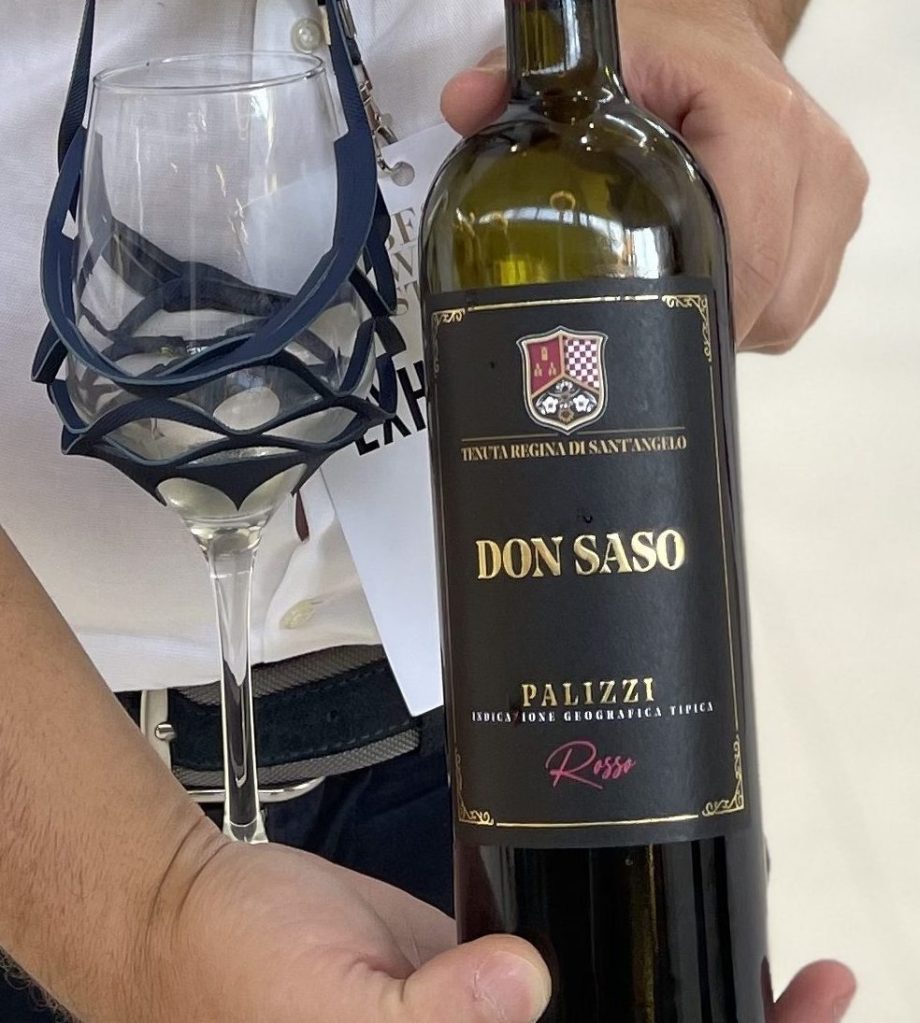

15. Tenuta Regina di Sant’Angelo Palizzi, Reggio Calabria (Calabria)
Hailing from the high hills of Guni, Palizzi in Reggio Calabria, the Don Saso IGT Palizzi Rosso 2021 by Tenuta Regina di Sant’Angelo is a testament to the excellence of 100% Nerello Mascalese grapes. In the glass, this wine presents a deep ruby hue, hinting at its richness and intensity. In conclusion, this is an excellent wine that delights the senses with its vibrant flavors and proves to be a versatile companion to a range of hearty dishes. With its well-balanced tannins, complex profile, lingering finish, and a notable 14.5% alcohol content, it promises a rewarding experience now and holds potential for further development with aging.
What’s common with these producers is their dedication to their brand’s individuality—each embodies a unique winemaking style and diverse branding strategies. The privilege of meeting these passionate winemakers has been a treasure, leading not only to professional connections but also to fostering new friendships. Their warmth and enthusiasm to share their knowledge and craft have been a comforting antidote to moments of homesickness. Their genuine kindness during our tastings has not only welcomed us into their world but also warmed our hearts and palates, too.






